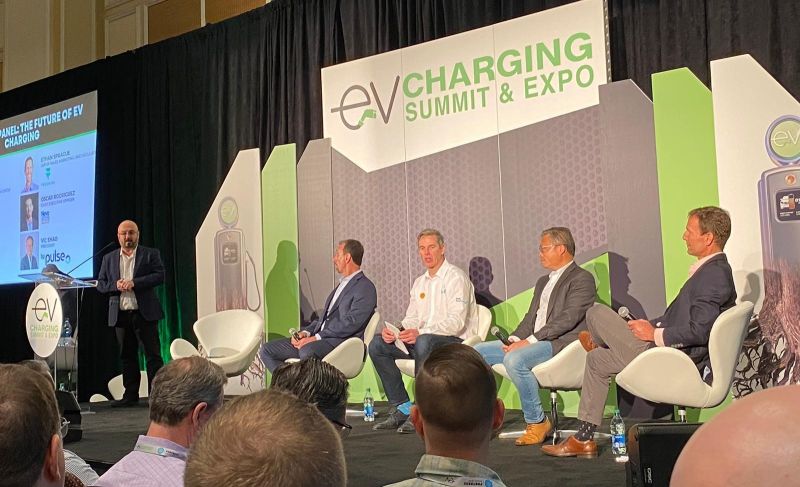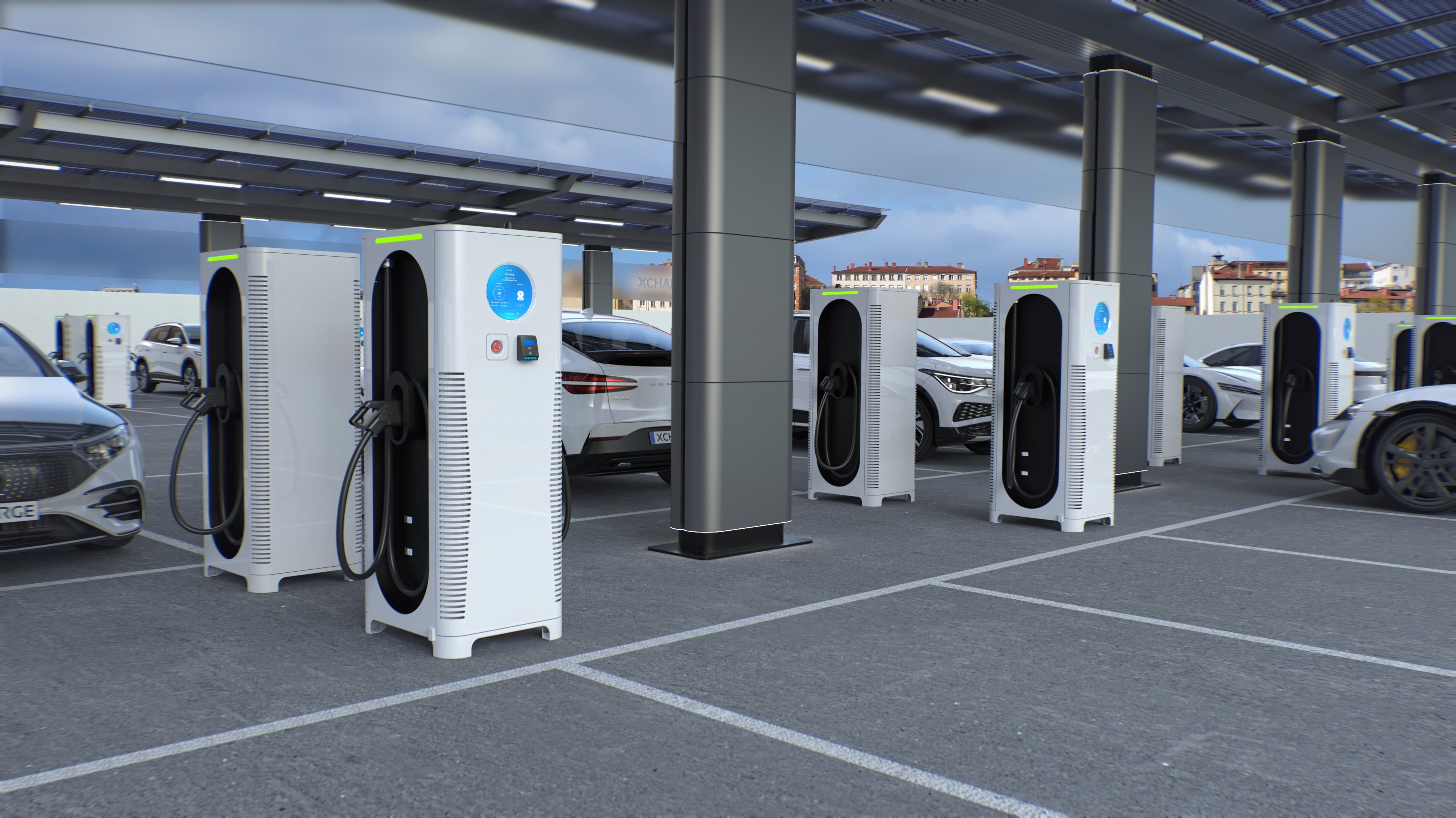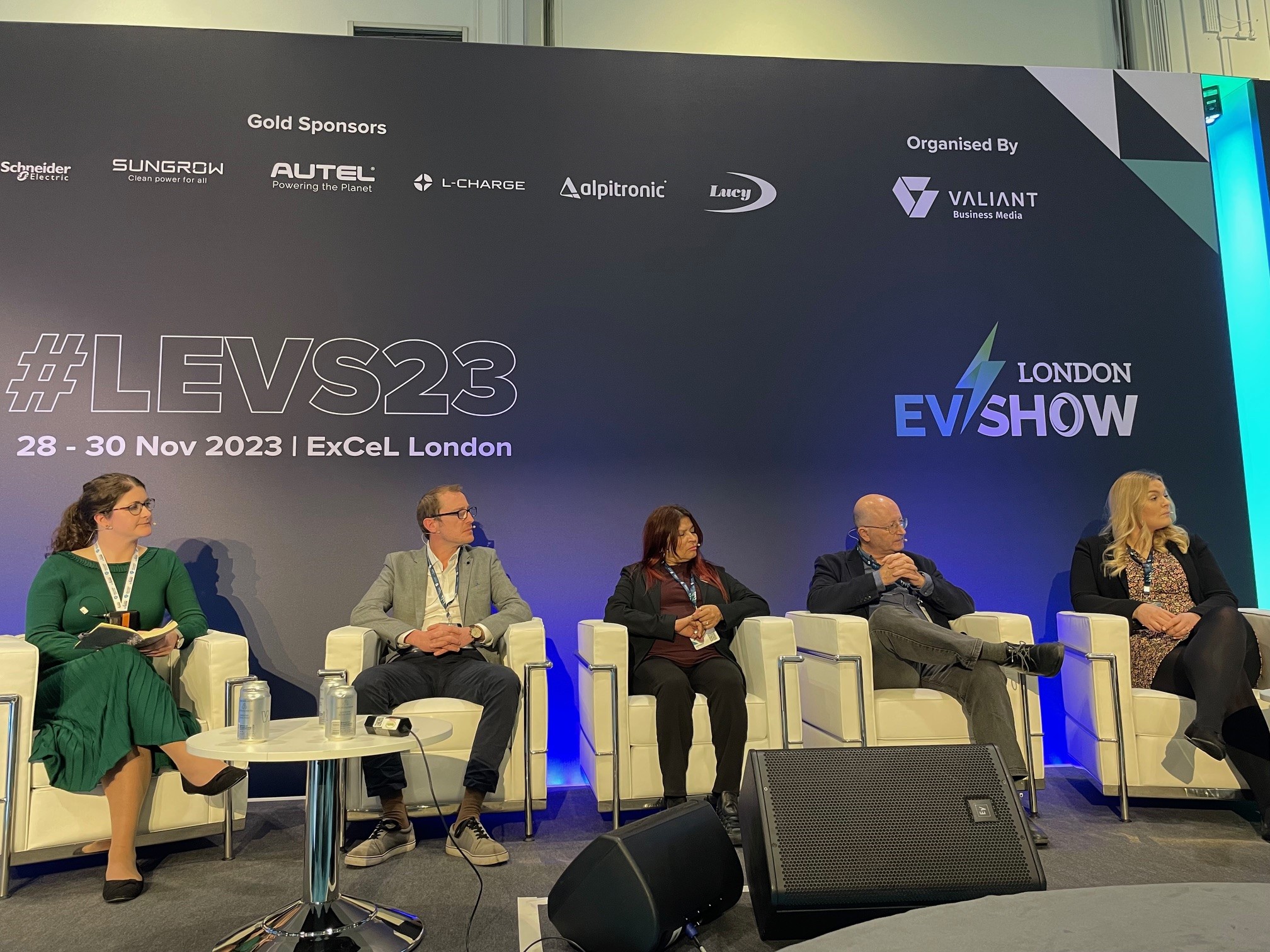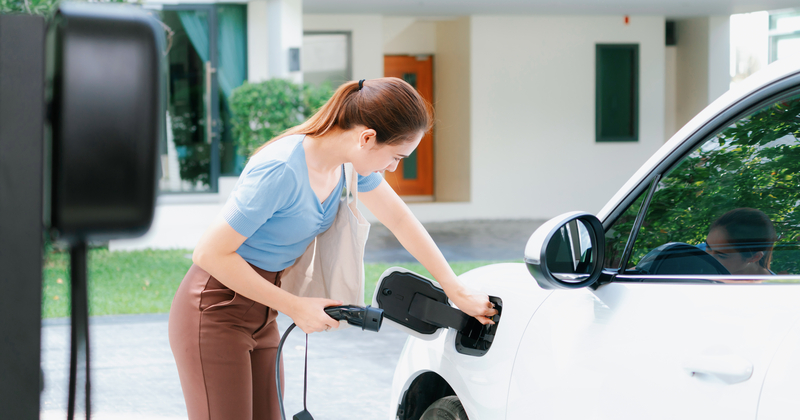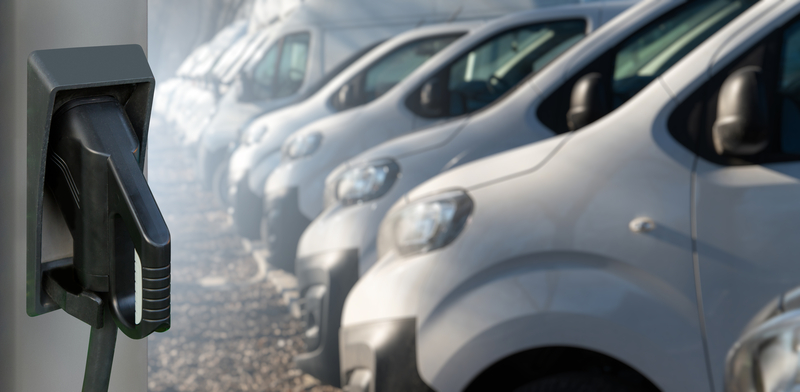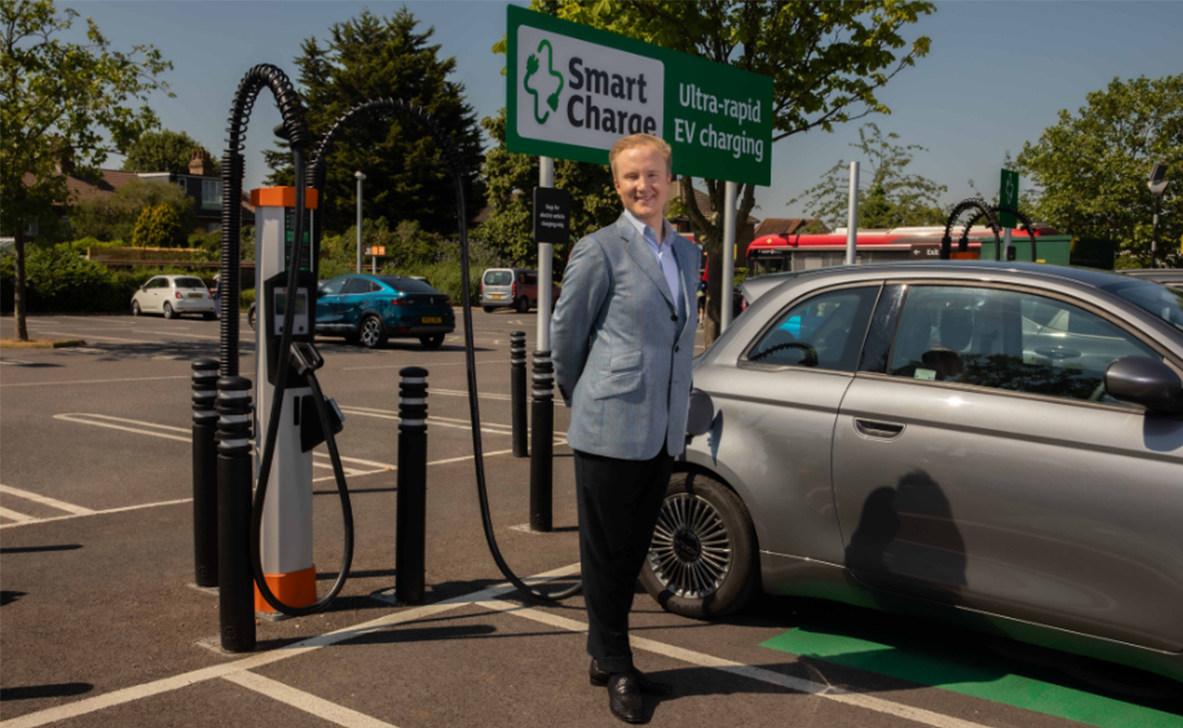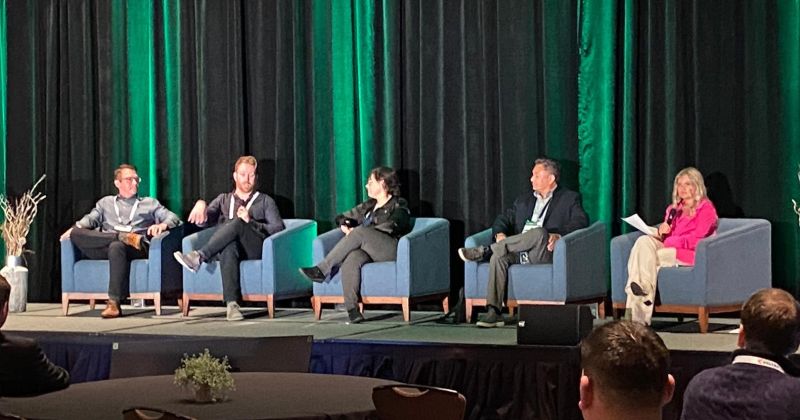
The conversation was part of the EV Charging Infrastructure USA 2023 conference in Orange County, Calif.
The key to adoption, the panelists said, is improving the user experience.
“How do we make the EV driver feel like they’re welcome?” asked panelist Christopher Becker of Loop Global. “We need to change the culture.”
In the past, stations have often been built at unused space in retail locations, he said. “Asking, ‘What space do you not mind us using?’ is wrong,” he said.
“You’re isolating the EV user to some extent,” said Ed Munar of BorgWarner.
Their statements were among many the panelists made regarding improving the user’s experience. Here are some others:
Walk in the user’s shoes
Jane Hoffer of Daloop said those in the EV business need to see the driver’s point of view. “What is their journey?” she asked.
They want charging locations that are comfortable and safe – and hopefully have an amenity or two.
“Help your end-users,” Becker said. “Educate them in the industry. Understand their fears.”
Sebastian Street of GRIDSERVE sees opportunities with new construction. “Integrate amenities into new sites when the design is up for discussion,” he said. “It’s harder to retrofit existing locations.”
Don’t be mistaken: Amenities are a key part of the user experience – but that assumes the driver has been able to charge successfully.
“The charging points and the ease of use are the big ones (priorities) we see,” Street said. “That can lead to much quicker adoption. How easy and dependable is it to plan a trip?”
Also, “Location is huge,” he said.
Take care of the basics
Quick access is also essential, and it varies greatly depending on location.
Becker said there is one high-charge station, with a single charger, between Phoenix, where he lives, and Los Angeles International Airport. When he arrives, he groans when someone is already charging at the station.
Street, meanwhile, regularly visits a high-charge station with 12 ports in Europe.
The two noted that Street was advocating quality coffee service at his location, while Becker would be happy to get a charge without an extended wait.
Becker said some drivers are getting fed up. “Drivers are turning in EVs when they feel they don’t have available charging,” he said.
Improve the experience
Sometimes EV drivers cause their own problems. Specifically, they often believe the vehicle should be fully charged. Getting that last 15% can take a great deal of time while others are waiting – and the extra juice likely isn’t needed.
“You don’t need to charge to 100%,” Street said.
Munar agreed. “We need to change people’s concept about how fueling works,” he said.
Reliability and ease of use is everything
Software can speed adoption, too. For example, it can be used to ensure a charger is operational when an EV arrives. “It will be required for mass adoption,” Hoffer said.
“The confidence level needs to be overcome,” Munar said.
Becker believes interfaces need to have minimal steps, and maybe just require a quick scan. “The easier the operation, the better,” he said.
Street agreed. “It’s all about ease of use,” he said.
The role of businesses
Hoffer said employers can play a key role in adoption by offering charging stations at the workplace. “Employees wouldn’t have to charge at home – and not everyone has home-charging ability,” she said.
“These are the kinds of practical things that can be done.”


